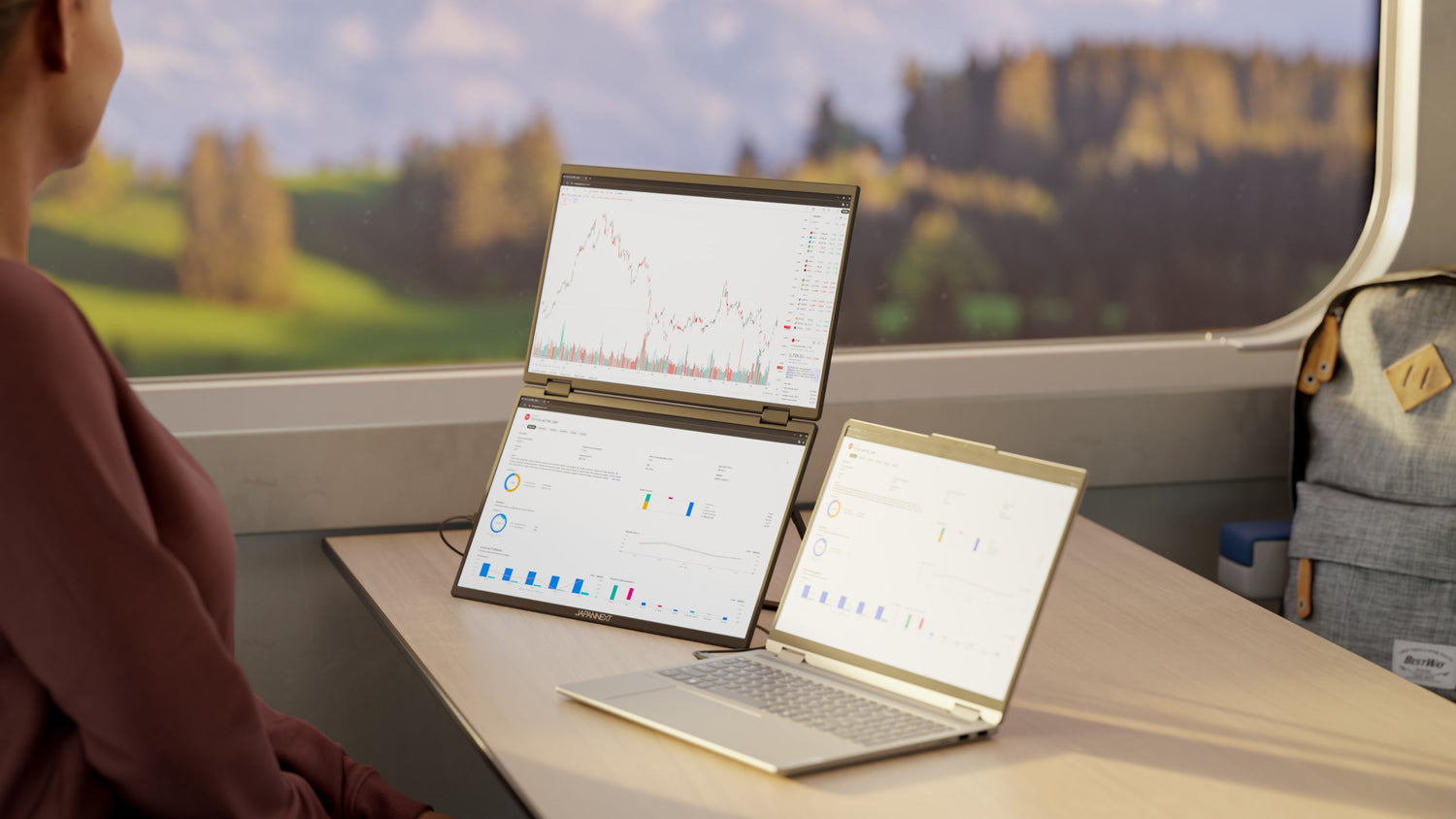In our day-to-day lives, it's hard to escape exposure to screens. We spend a great deal of our time in front of computers, mobile phones and tablets. While the advantages of technology are numerous, there are also disadvantages linked to this prolonged exposure to screens. One of the main problem, often overlooked, is blue light.
Blue light is emitted by desktop screens, as well as other electronic devices. Potential effects of this exposure include eye strain, insomnia, and even long-term vision problems.
In this article, we'll cover everything you need to know about blue light and how to protect yourself from its harmful effects.
What is Blue Light?
Blue light is a part of the visible light spectrum, which falls between the wavelengths of 380 nm and 500 nm. Although it occurs naturally in sunlight, it also makes up a large portion of the light emitted by the screens of electronic devices such as computers, smartphones, and tablets.
The effects of Blue Light on the eyes.
While our eyes are quite good at filtering certain types of light, like ultraviolet (UV), they have a harder time filtering blue light. So much of this light reaches our retinas and can cause damage. The effects of excessive exposure to blue light are multiple:
- Eye fatigue : The eye muscles work harder to focus on a screen than on paper. Blue light therefore increases eye fatigue during extended use of the screen.
- Sleep disorders : Exposure to blue light in the evening disrupts the production of melatonin, the hormone responsible for sleep. This can lead to difficulty falling asleep and poor sleep.
- Age-related macular degeneration (AMD): Research suggests that cumulative exposure to blue light throughout our lives may increase the chances of developing AMD, a common cause of blindness in older adults.
How to reduce exposure to Blue Light?
Faced with the potential dangers of blue light, it is essential to seek solutions to prevent its harmful effects. Several options exist:
-
Limit time spent in front of screens
Although it may seem obvious, the first step is to try to limit your screen time. It can be helpful to take regular breaks to rest your eyes and reduce eye strain.
-
Use a blue light filter
There are filters available that fit on your computer screen, available on all JAPANNEXT screens with Low Blue Light, or phone technology to block certain wavelengths of blue light. These filters are generally transparent and do not significantly affect the quality of the displayed image.
-
Opt for eye protection
Specific glasses exist to block part of the blue light emitted by screens. They can be useful if you work on a computer for long periods of time during the day, especially for people who already have vision problems.
-
Adjust your screen settings
Most devices offer the ability to adjust display settings to reduce the amount of blue light emitted. In general, you should lower the brightness and use warmer colors to reduce exposure.
Applications and software to reduce Blue Light.
In addition to the options mentioned above, there are several apps and software designed to help you better manage your exposure to blue light:
- Smartphone apps: These apps adjust your phone's settings to reduce blue light, and they can often be programmed according to the time of day. Modern phones usually have this feature already built-in.
- Computer software: As with smartphones, software can be installed on your computer to control the amount of blue light emitted throughout the day and night.
- JAPANNEXT screen technology: Included in each of our screens, Low Blue Light technology can be activated from the screen menu and allows you to filter and reduce exposure to blue light to restore visual comfort.
Beyond Blue Light Exposure
Although protecting yourself against blue light is essential, it is also important to adopt good habits to preserve your visual health. Here are a few tips :
- Adopt good posture: An inappropriate position in front of the screen can cause eye fatigue and even induce other problems, such as headaches or tension in the neck and shoulders. Make sure you have an ergonomic posture when using a screen.
- Use adequate lighting: Lighting that is too dim or too bright can force your eyes to work harder. Choose moderate lighting to reduce eye strain.
- Have your vision checked regularly: Regular ophthalmological examinations allow you to detect possible vision problems and adapt your possible visual correction.
In short, blue light from screens represents a danger to our eyes and our visual health. It is crucial to learn how to best manage this exposure by adopting appropriate solutions and maintaining good habits in terms of screen use.



